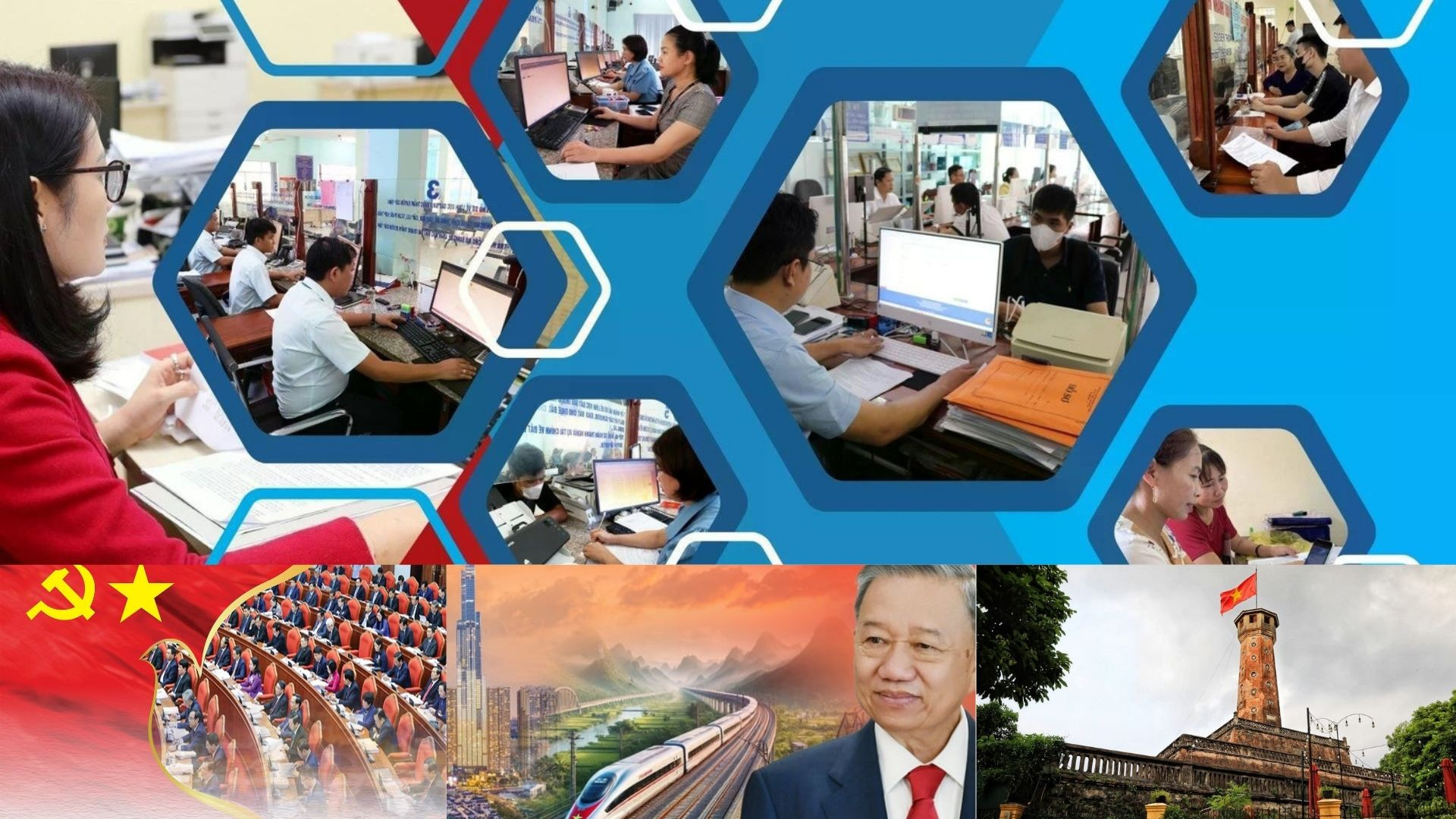
Beginning with bold institutional reform
The merger of provinces and streamlining of the administrative system is not a new policy of the Party. It was initiated eight years ago, on October 25, 2017, when the 12th Central Party Committee issued Resolution No. 18-NQ/TW on “Some issues on continuing reform and reorganising the political system to ensure that it is streamlined and operates efficiently and effectively.
By 2025, the Politburo continued to implement this policy through new conclusions, assigning relevant agencies to develop proposals for provincial mergers, the elimination of district-level administrative units, and the reorganisation of commune-level administrative units.

Initial outcomes show that the government apparatus for the 2021–2026 term has been significantly streamlined, now comprising 14 ministries and three ministry-level agencies, five government-affiliated bodies. The restructuring process has significantly reduced the number of administrative units and agencies to improve operational efficiency.
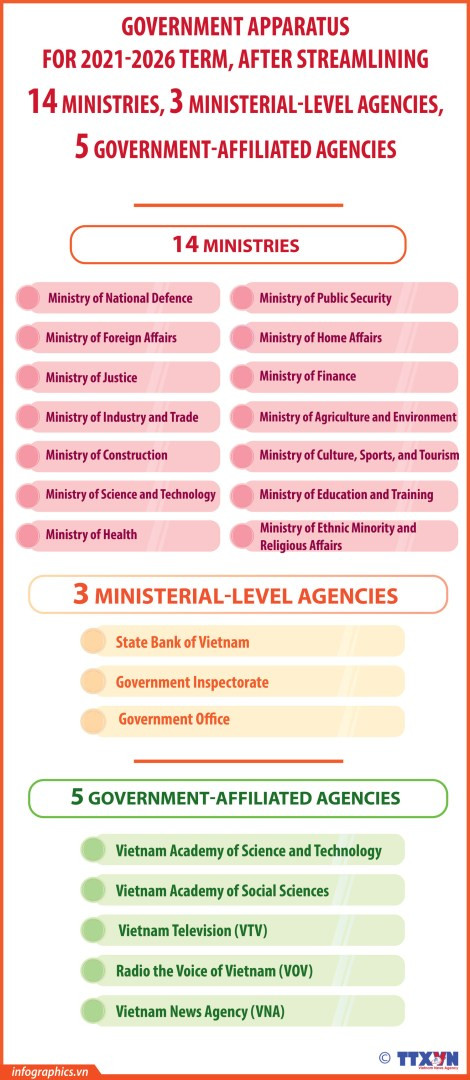
The Government submitted, and the National Assembly passed Resolution No. 202/2025/QH15 on June 12, 2025, regarding the reorganisation of provincial-level administrative units. At the same time, the National Assembly Standing Committee issued 34 resolutions on the reorganisation of commune-level administrative units in 34 newly-formed provinces and centrally-run cities.
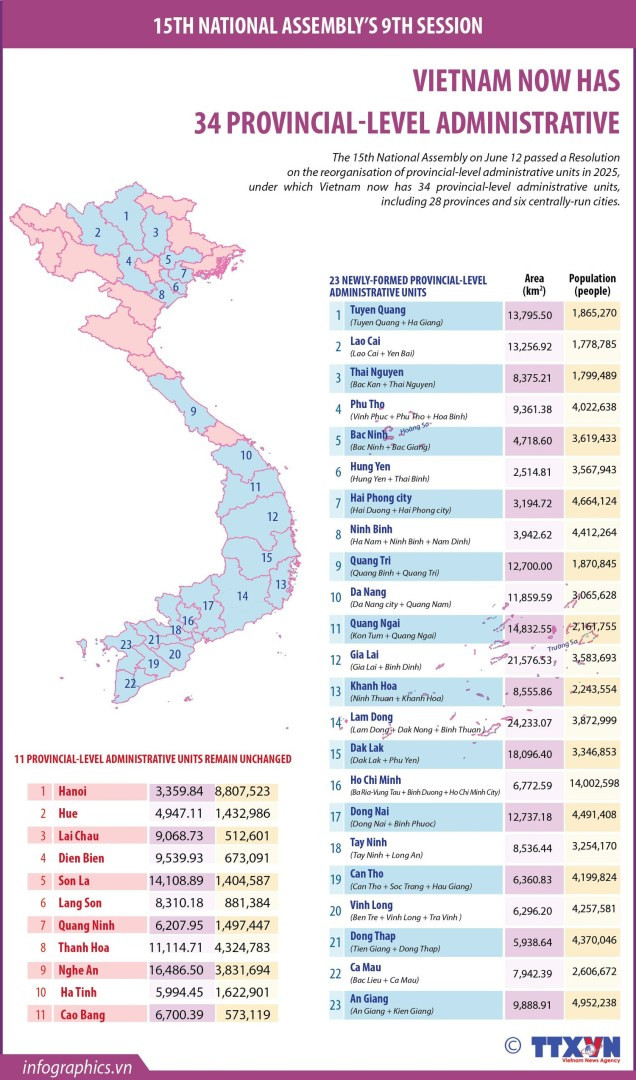
This marks the result of a carefully considered and methodical process over many years, reflecting the Party’s and State’s strong determination and strategic vision to streamline the administrative apparatus, reduce budget expenditures, enhance decentralisation to localities, and create favourable conditions for the formation of large-scale and competitive growth hubs at both regional and international levels.
For the first time in nearly half a century, Vietnam has the fewest number of provincial-level administrative units in its history. This decision is more than just an administrative reorganisation; it represents a profound reform and a strong shift in national governance mindset, aligning with global integration and sustainable development trends.
The reorganisation is a comprehensive “strategic restructuring,” not merely based on geographical factors but also incorporating modern criteria such as regional connectivity, economic efficiency, urban development potential, infrastructure system, socio-cultural characteristics, and national development vision. Unlike previous small-scale mergers, this restructuring effort is synchronised and holistic.
At the 9th session of the 15th National Assembly on June 16 morning, with unanimous approval from all 466 deputies present, the NA passed the amended Law on Organisation of Local Governments, officially abolishing the district level and launching the two-tier local administration model.

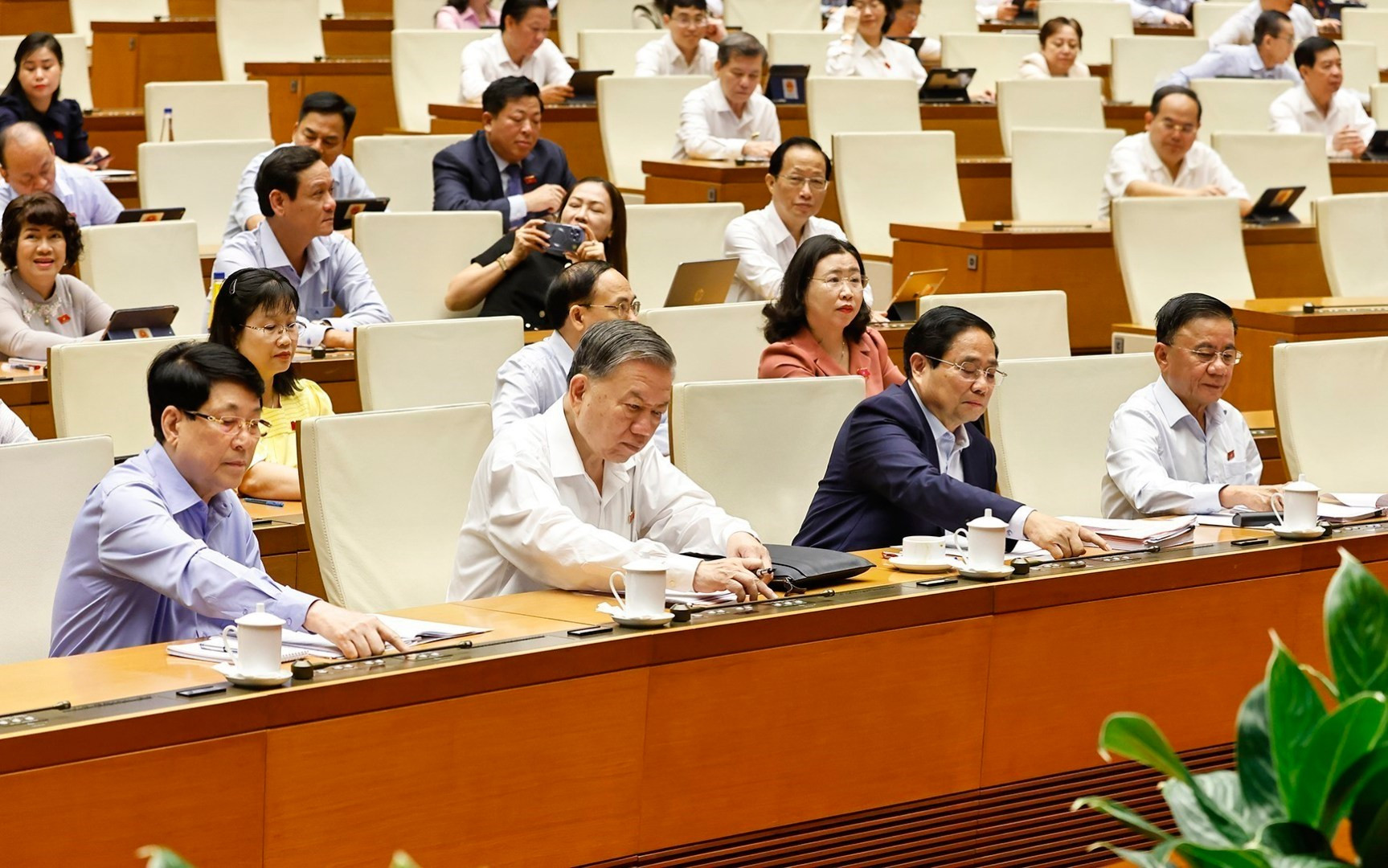



At the 9th session of the 15th National Assembly on June 16 morning, with unanimous approval from all 466 deputies present, the NA passed the amended Law on Organisation of Local Governments. (Photo: VNA)
At a national conference to review and implement Resolution No. 18-NQ/TW, Party General Secretary To Lam said, “Is this the right time, the right opportunity, and an urgent, objectively necessary moment for a revolutionary streamlining of the political system’s organisational structure to enhance its effectiveness and efficiency? The answer is clear — we can no longer afford any delay.”
This event held great historical significance, establishing a solid legal foundation for the organisation and operation of local governments under the two-tier model, which is applied for the first time in Vietnam. It serves as the basis for implementing the Party’s and State’s major policies on comprehensive national development, ensuring national defence and security, and promoting deep international integration.
The reform, effective on July 1, 2025, has garnered strong attention and broad support from officials, Party members, and people across the country.
The policy of reorganising and streamlining the administrative apparatus has deeply permeated the mindset, belief, and will of the entire Party and people, creating a strong consensus in both perception and action. It has received strong support from the political system and society.
The process of administrative restructuring in Vietnam has been carried out methodically, scientifically, and objectively, following a clear roadmap based on specific criteria and under the leadership of the Party.
Perspective from experts
Looking back globally, more than 43 years ago, in 1982, the People’s Republic of China undertook an administrative streamlining to improve the efficiency of its operations by reducing the number of officials and staff. Specifically, the number of agencies under the State Council was reduced from 100 to 61 and the number of ministries from 52 to 43; and one-third of the personnel in State Council agencies were cut.
While Vietnam is vigorously pushing forward with streamlining its administrative apparatus, the US is also undertaking reforms to improve operational efficiency and reduce costs. US President Donald Trump dismissed a large number of staff and shut down ineffective agencies. This shows that the reorganisation of the administrative system is not unique to Vietnam; it is an inevitable trend for all nations worldwide in the course of development.
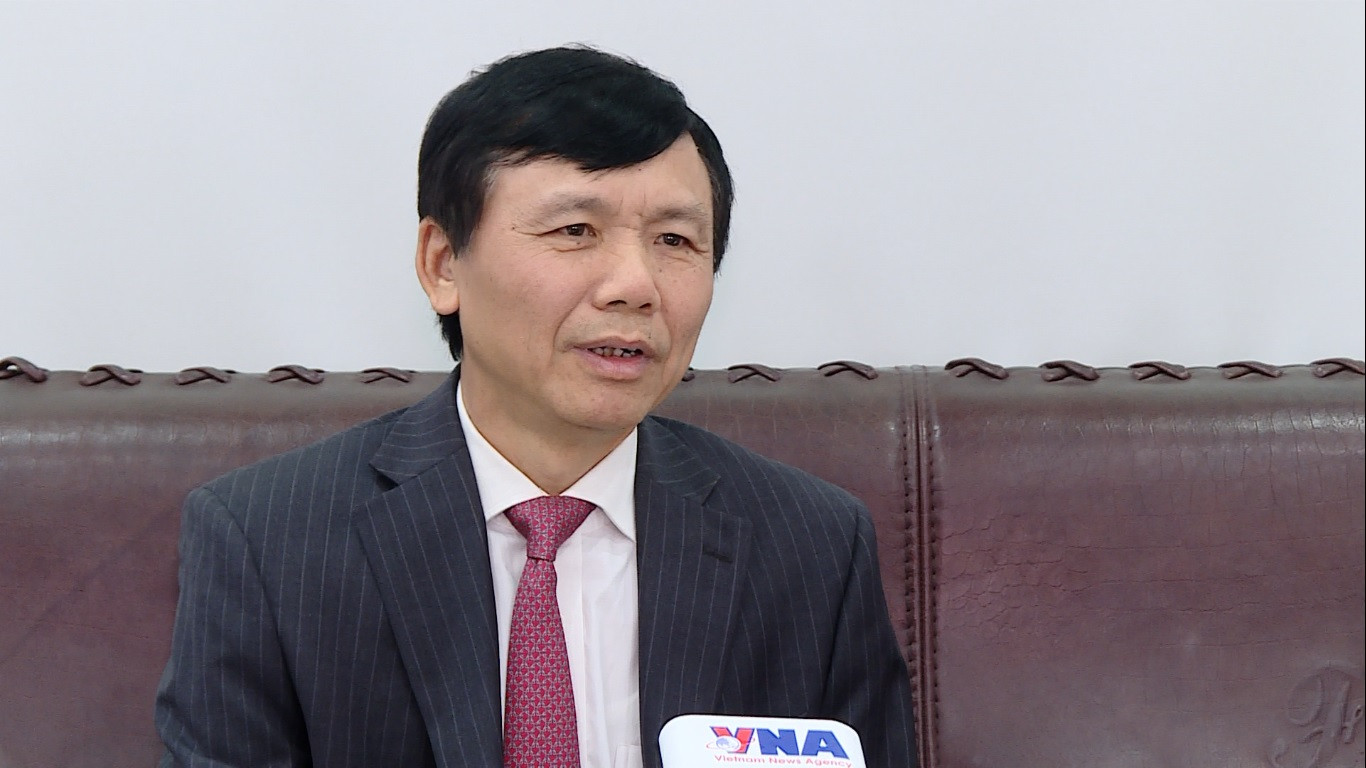
According to former Deputy Minister of Foreign Affairs, former Ambassador, and former head of Vietnam’s Permanent Mission to the UN in New York Dang Dinh Quy, streamlining the administrative apparatus helps reduce costs for resources to be focused on more essential tasks, thereby improving overall effectiveness. A leaner structure clarifies departmental responsibilities and enables faster, more efficient workflows.
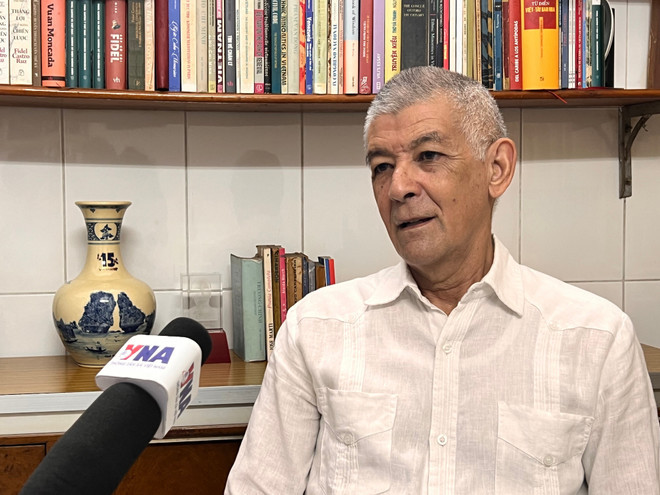
Commenting on this trend, Moises Perez Mok, head of the Prensa Latina bureau in Hanoi, said, “I completely agree with the Party General Secretary To Lam’s view that this is a process that must be carried out urgently. It is the culmination of over 40 years of experience in the country’s “Doi moi” (renewal) process, and now is the time for Vietnam to transition into a higher stage of development, especially as the nation has set ambitious goals for 2030 and a long-term vision to 2045.”
Statistics from 2022 showed that the number of public officials and employees in Vietnam exceeded 2.2 million, with regular expenditures accounting for up to 70% of the State budget, the majority of which goes toward salary payments.
Recently, several international newspapers have published articles noting that the Vietnamese Government’s plan to streamline the state apparatus has received strong public support.
The Straits Times of Singapore, as well as the Bangkok Post and Kaohoon International of Thailand, described the Vietnamese NA’s approval of the administrative streamlining plan as a “major shift,” driven forward rapidly by Vietnam’s leadership with the goals of reducing state budget spending and improving system efficiency. According to the articles published on the newspapers, the plan enjoys widespread public backing, as a thoroughly streamlined state apparatus is seen as essential for Vietnam to pursue its ambitious growth targets.
According to The Straits Times and US-based Bloomberg, the Vietnamese Government’s plan to streamline the State apparatus has also been well received by the investment community. While some short-term administrative delays may be predicted, the Vietnamese Government has affirmed that the reform will not affect the approval process for investment projects.
Streamlining administrative apparatus helps enhance governance efficiency
June 30, 2025 marked a historic milestone for the nation, as Vietnam officially began operating a two-tier local administration system nationwide, establishing a new administrative structure for the country.
Comprehensive reform of the political system is essential to respond to the challenges and demands of a new era that the country is entering. The first major challenge is to reorganise the entire state apparatus, not through automatic staff cuts, but by eliminating unnecessary positions and functions. The goal is not merely to reduce headcount, but to enhance efficiency, ensuring that every public servant is competent, ethical, and wholeheartedly committed to serving the people.

According to Deputy Minister of Home Affairs Truong Hai Long, to implement this major and strategic policy, Vietnam has undertaken thorough, coordinated, and comprehensive preparations in recent times, demonstrating a proactive and determined approach. This included establishing a strong legal foundation and developing personnel plans suitable for the post-restructuring phase.
Particular emphasis has been placed on selecting capable and qualified personnel with legal knowledge and management experience to serve at the commune level—the tier of administration in direct contact with the people. In addition, attention has been given to upgrading office facilities, working equipment, and especially digital infrastructure.
“With these thorough preparations, we are confident that from July, the two-tier local government system in 34 provinces and centrally-run cities, and 3,321 commune-level administrative units will operate smoothly and without disruption,” Long said.
When the two-tier local government model is officially implemented from July 1, 2025, localities are expected to reduce 368 specialised agencies under the provincial People’s Committees. (Photo: VNA)
Reducing the number of provinces from 63 to 34, along with implementing the two-tier local administration model, will promote economic development potential, strengthen regional connectivity, save budget resources, and improve governance efficiency. The “close to and accessible to the people” administration model will enhance the quality of public services for citizens and businesses, while also accelerating digital transformation and administrative modernisation, he added.
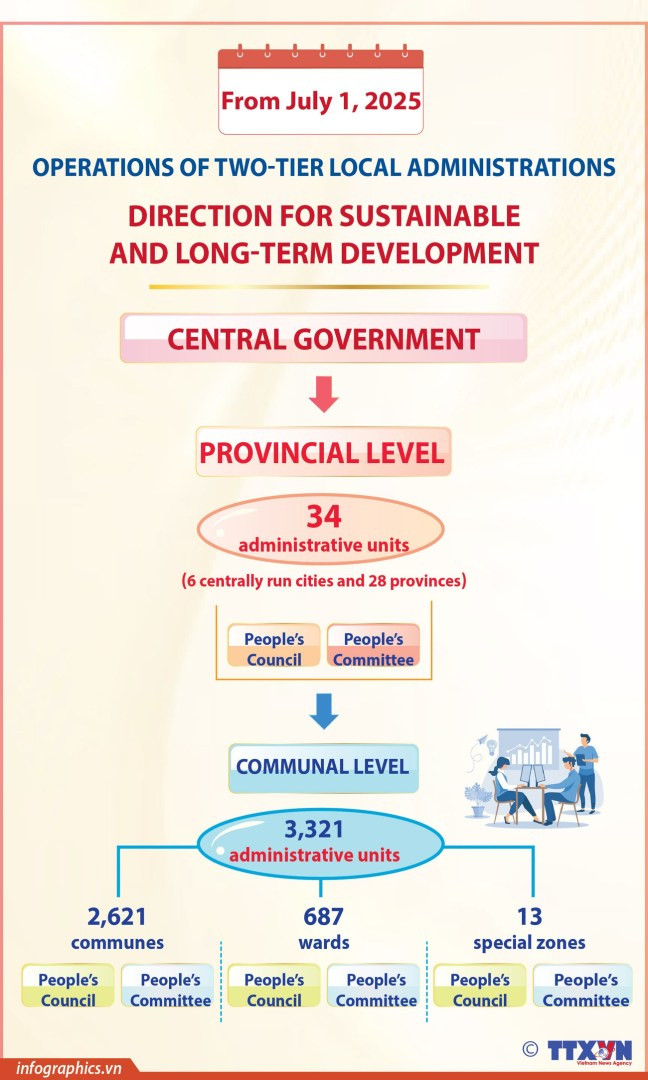
In parallel, the Ministry of Finance has adjusted its management mechanisms to streamline administrative procedures, reduce costs, and significantly delegate authority to grassroots levels. Many procedures are now handled through digital platforms, saving time and costs while improving transparency.

During a Q&A session at the 9th session of the 15th NA, Deputy Prime Minister Nguyen Hoa Binh stressed that the new model establishes a government apparatus that is closer to the people, eliminates intermediate levels, and expands economic development capacity.
The Government has developed a system of decentralisation decrees and conducted training sessions to help localities operate effectively. To promptly address questions from citizens and businesses, a hotline and AI-powered virtual assistant application have been set up, he added.
The new model is expected to drive economic growth, particularly by attracting more foreign investment. In the first five months of 2025, total newly registered and adjusted foreign investment capital increased by 51% year-on-year, reflecting investors’ confidence in Vietnam’s transparent and favourable business environment.
Streamlining the administrative apparatus is not merely about downsizing, but about building a more efficient system that better serves the people. It is essential to establish mechanisms for receiving feedback and protecting the rights of affected officials, thus fostering strong reform momentum and ensuring sustainable development.
Prime Minister Pham Minh Chinh described the restructuring of administrative units and the implementation of the two-tier local government model as a “revolution” in the organisation of the political system. He said that this is not merely an administrative rearrangement, but a fundamental transformation in management mindset, governance methods, and the operation of the apparatus — shifting from passive to proactive, from bureaucracy to service-oriented approach.
He affirmed that once this institutional reform is underway, unity in thought, coordination, consensus, and solidarity in action are the key factors. It is essential to leverage all favourable conditions to generate momentum and inspiration while remaining steadfast and resilient in overcoming the challenges and obstacles that arise during the transition.
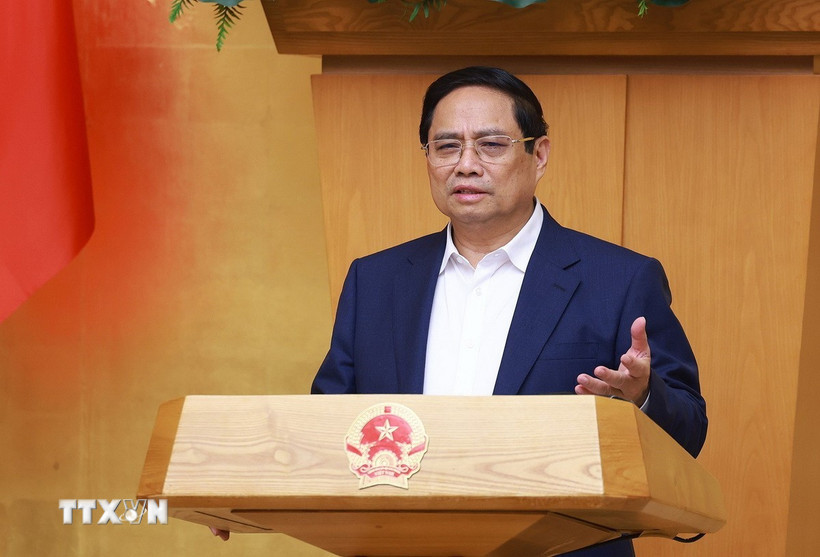
To ensure the success of this reform, the PM called on all levels and sectors to implement it in a synchronised, comprehensive, determined, and consistent manner. During the preparatory phase, he emphasised the need to accelerate the review of the legal framework and remove institutional barriers.
He noted that this organisational reform is one of the key solutions, alongside the “four pillars” to drive economic growth to over 8% this year and reach double digits in the coming years, contributing to the achievement of the country’s two centennial goals.
With the guiding principle of “the Party leads, the State manages, and the people are the owners,” the two-tier local government model is expected to become an administrative structure better suited to the country’s rapid, strong, and sustainable development.
This current revolution in organisational reform is not only designed to meet present-day demands, but also to shape the future, in which the people are better served, governance is more transparent, and society functions are more efficiently. This is the ultimate goal of administrative reform: “by the people, for the people, and in service of the people.”/.VNA